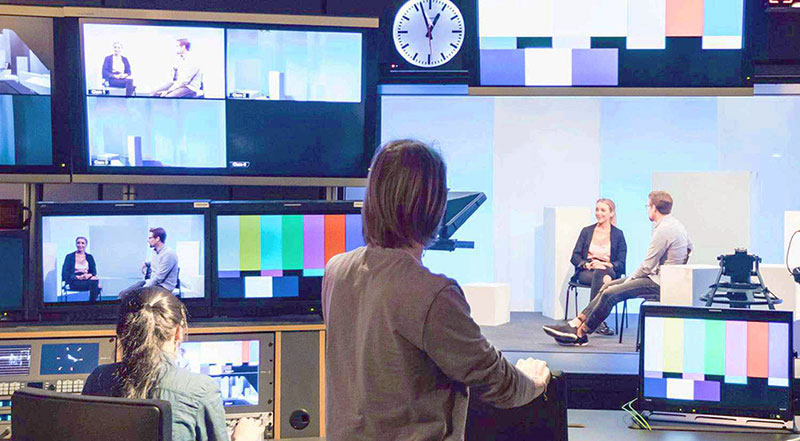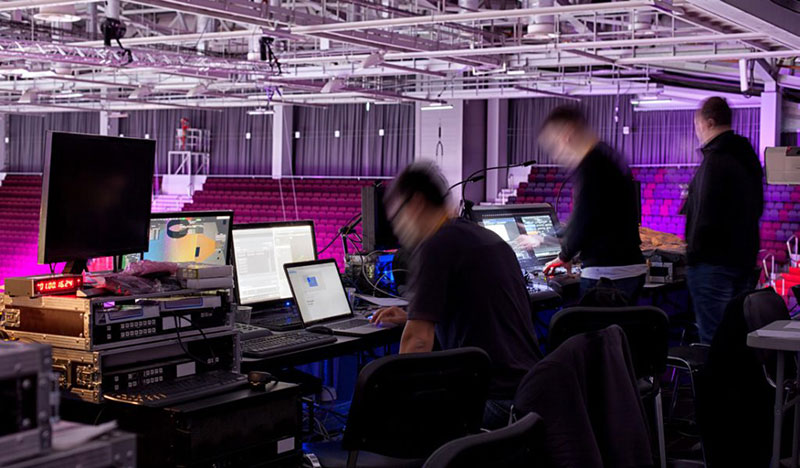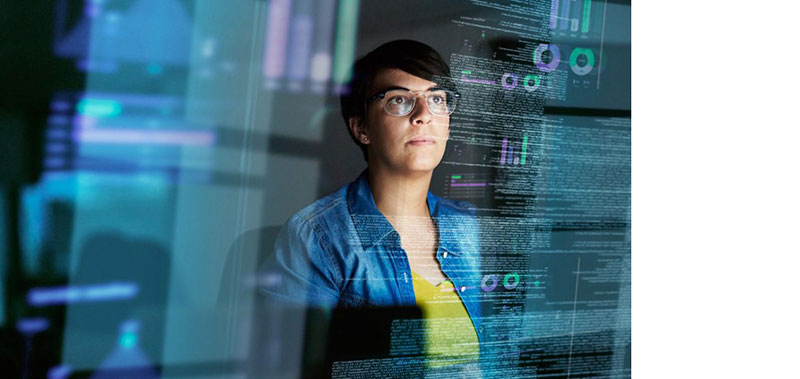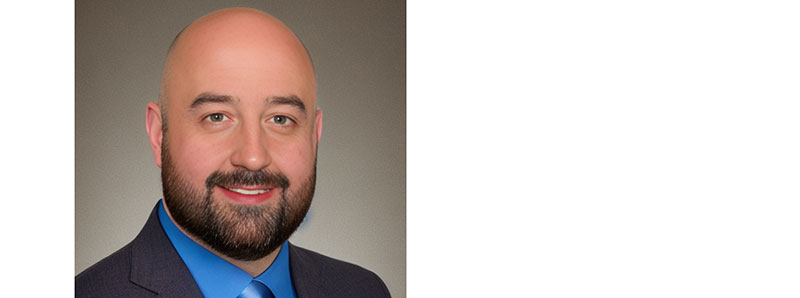Will Waters at Audinate talks about the practicalities of taking a cloud-based approach to the new era of broadcasting – managing shifting viewers’ habits, workflows and content creation.

Will Waters, Principal Product Manager at Audinate, has been working in live sound engineering, AV integration and broadcast systems design for more than 30 years. He is closely watching as the broadcast industry moves into a new era of broadcasting based on shifting audience viewing preferences, workflow paradigms and content creation and curation.
For producers working in this shifting landscape, cloud-based broadcast production brings flexibility and efficiency, among several other advantages over traditional workflows, and is gaining popularity. “Nevertheless, change is hard, and with any significant infrastructure change comes a few hard-learned lessons and a new set of best practices. Broadcasters have many practical and financial considerations to contemplate before undertaking such a migration,” Will said.
Legacy Infrastructure
“Broadcasters tend to be obsessed with their legacy investments, whether hardware, protocols or workflows. A primary practical consideration involves the cost of dealing with the existing legacy infrastructure – what parts have to stay in place, what can or can’t be amortized, how to minimize disruptions during the migration from on-premise production to the cloud, and more. Considering these factors helps answer the question, ‘Is it worth the effort?’”
Most companies, broadcasters included, have a sunk cost bias – a preference to utilize systems and devices that have already been paid for. But, shifting viewer habits and ongoing innovation in digital technologies are likely to force broadcasters’ hands regarding legacy infrastructure, and at some point the infrastructure will need to be upgraded and devices replaced.
So, should broadcasters go with more of the familiar or try something new and unknown? While some tried and true workflows can't easily be uprooted and migrated to a virtualised environment, the older legacy systems and equipment become, the more expensive their upkeep. Another factor to consider is attracting new talent to the industry.

Will said, “How many young, talented staffers are coming out of school with a background in electronics? Even fewer are aware of the proprietary and often bespoke devices used in traditional broadcasts. Furthermore, we have myriad more ways to create content these days and a mind-boggling number of content creators. Broadcasters must be flexible enough to rise above the noise from a content creation or storytelling standpoint.
Balance Sheet
“From an economic standpoint, fewer people travelling between events and less hardware being shipped result in lower travel and entertainment (T&E) and shipping costs, which can add up quickly. A soft benefit of reduced travel for many employees is improved quality of life, as extended time on the road tends to wear people down quickly.”
Regarding infrastructure costs, industry expectations of the future of broadcasting are constantly evolving as audience behaviour rapidly changes. As a result, most executives are looking for flexibility in their infrastructure – it may support today’s needs, but how adaptable is it to meet the potential needs of tomorrow?
CapEx equipment costs mean locking in the use of devices for the duration of the depreciation period. “In today's world, broadcasters can’t accurately predict what their production format needs will be two years from now, since consumer viewing habits are ever-changing,” said Will. “That means a significant benefit of cloud and virtualization is that you don't necessarily have to depreciate your fixed costs fully, but it might move the same cost into OpEx expenses like egress and cloud computational charges. Still, predicting the scope of those expenses very far into the future is challenging.”
Will considers that what is most likely to transpire is a hybrid set-up, mixing cloud production with aspects of traditional production as a fail-safe measure in the case of a lost cloud connection. “New types of edge computing systems will allow productions to optimise their costs between what is correct to do on-premise, and what is necessary to do in the cloud for scale,” he said.

Dante’s Cloud Connection
To support these trends, Audinate has designed the Dante Connect software suite for primary audio engineers and mixing engineers to facilitate cloud-based broadcast production. It connects audio directly to centralised production tools running on cloud instances, retaining the ease of use and tight synchronisation of Dante. It also keeps the same audio routing and management that broadcasters know from on-premise devices.
From this familiar start point, engineers can access Dante audio devices anywhere in the world, create a cloud-based network of these devices, and then manage it from wherever the production staff is based. Will said, “The ability to create efficient production workflows by bringing audio directly from myriad Dante devices to a central production hub has the potential to transform audio production, and may well lead to approaching productions differently.
Critical Synchronisation
“Much like on-premise networks, a master clock is needed to keep streams synchronized in the cloud. The challenge is that a ‘cloud’ can comprise several virtual instances without knowledge of each other regarding the signal time domain [signal change over time]. So, synchronisation becomes an integral part of a successful broadcasting system in the cloud. A combination of gateways and virtual sound cards is crucial to operate in these flexible environments, where we don’t have the benefit of dedicated hardware to establish a master clock.”
Dante Connect’s applications serve as gateways between long-distance links or network connections with high latency. At the same time, the virtual soundcards support hundreds of audio channels that can be transmitted/received by virtual applications running inside a cloud instance or node, giving the broadcaster confidence that the audio streams are in sync – at least among themselves – and making it possible to embed them back into the video at later points in the signal path.

Will Waters, Principal Product Manager at Audinate
With Dante Connect, each gateway can receive up to 256 channels of synchronised, high-fidelity audio directly from on-premise Dante devices to the user’s production software in the cloud. Audio can be distributed globally within the cloud, allowing different teams to use the same audio within multiple applications and locations to address different audiences, languages and aspects of the production process. Source audio can be sent from remote sites directly to the cloud so mixing engineers can do their jobs from anywhere.
Will indicated that a long, varied roadmap has been planned for Dante Connect. “Plans include support for additional cloud-based platforms and the release of Remote Monitor, which allows broadcasters to listen to a compressed audio stream from the cloud over the internet via a web browser,” he said. “Several popular cloud-based tools can already ingest Dante audio, and many more are in the works. This functionality makes a compelling case for broadcasters to consider migrating toward cloud-based production workflows.” www.audinate.com




















